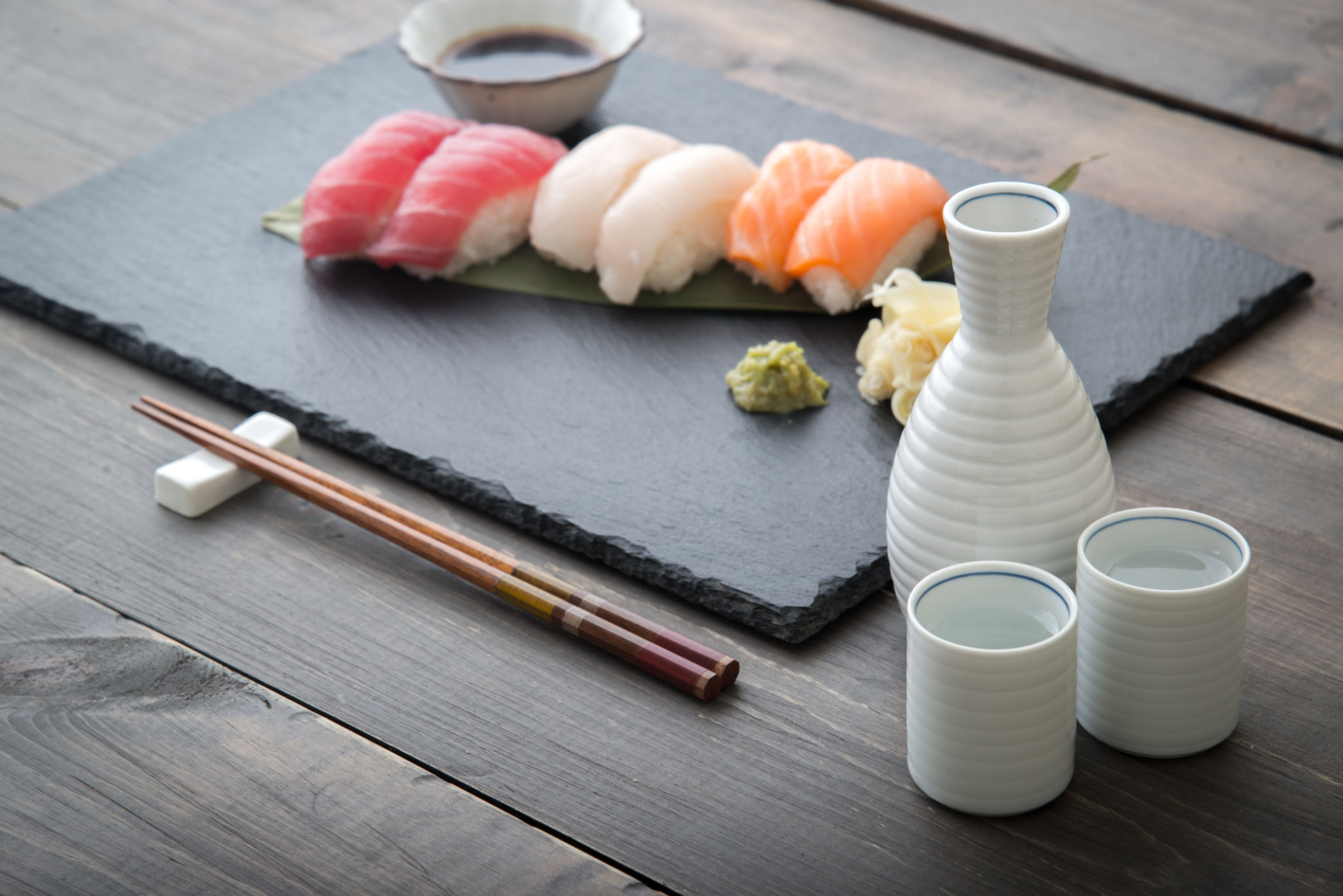A Taste of Japan: Pairing Japanese Sake with Traditional Dishes
Exploring the World of Japanese Sake
Japan, a country known for its rich cultural heritage and culinary traditions, offers a delightful journey through its beverages, particularly the exquisite world of sake. This traditional Japanese rice wine, brewed with care and precision, complements the flavors of various traditional dishes. Whether it's a casual meal or a special occasion, pairing sake with Japanese cuisine can elevate your dining experience.
Sake is brewed from fermented rice, water, yeast, and koji mold. Its flavor profile ranges from sweet to dry, offering tasting notes that include fruity, floral, and even nutty elements. Understanding these nuances can help you choose the right sake to pair with your meal.

Understanding Sake Varieties
With various types of sake available, it's essential to know which one suits your palate and pairs well with your dish. Here are some popular sake varieties:
- Junmai: A pure rice sake with a rich and full-bodied flavor.
- Ginjo: Known for its fruity aroma and light, clean taste.
- Daiginjo: A premium sake with an elegant and complex flavor profile.
- Honjozo: Brewed with a small amount of distilled alcohol, offering a smooth and mild taste.
These variations provide a diverse range of options for pairing with different dishes, ensuring a harmonious balance of flavors.
Pairing Sake with Sushi
Sushi, a quintessential Japanese dish, pairs beautifully with sake. The light and delicate flavors of sushi are enhanced by the right choice of sake. For instance, Ginjo or Daiginjo sake complements the freshness of raw fish, bringing out its subtle flavors without overpowering them.

If you're enjoying nigiri or sashimi, consider a chilled Junmai sake to balance the umami flavors of the fish. For more robust sushi rolls, a slightly warmer Honjozo sake can add depth to the dining experience.
Savoring Sake with Tempura
Tempura, a dish characterized by its light and crispy batter, is another staple in Japanese cuisine that pairs excellently with sake. The crispiness of tempura calls for a sake that is equally refreshing and vibrant.
A chilled Ginjo or Daiginjo sake works well with tempura, enhancing the delicate flavors of the seafood or vegetables without overwhelming the palate. The fruity and aromatic notes of these sakes complement the subtle sweetness of the tempura batter.

The Art of Sake and Yakitori Pairing
Yakitori, skewered and grilled chicken pieces, offers a savory and smoky taste that pairs wonderfully with certain types of sake. The variety of flavors in yakitori can be matched with the robust characteristics of a good Junmai or Honjozo sake.
The slightly richer and fuller-bodied nature of these sakes complements the savory soy-based sauces typically found in yakitori dishes. Opting for a room temperature or warm sake can further enhance the dining experience by accentuating the grilled flavors.
Conclusion: Enjoying the Harmony of Flavors
Pairing Japanese sake with traditional dishes is an art that celebrates the harmony of flavors. Each type of sake offers a unique taste profile that can enhance the dining experience when paired thoughtfully with Japanese cuisine. Whether you're indulging in sushi, savoring tempura, or enjoying yakitori, selecting the right sake can transform your meal into an unforgettable culinary journey.
The next time you find yourself exploring Japanese cuisine, consider experimenting with different sake pairings to discover new dimensions of taste and aroma. Cheers to discovering the dynamic world of Japanese sake!
